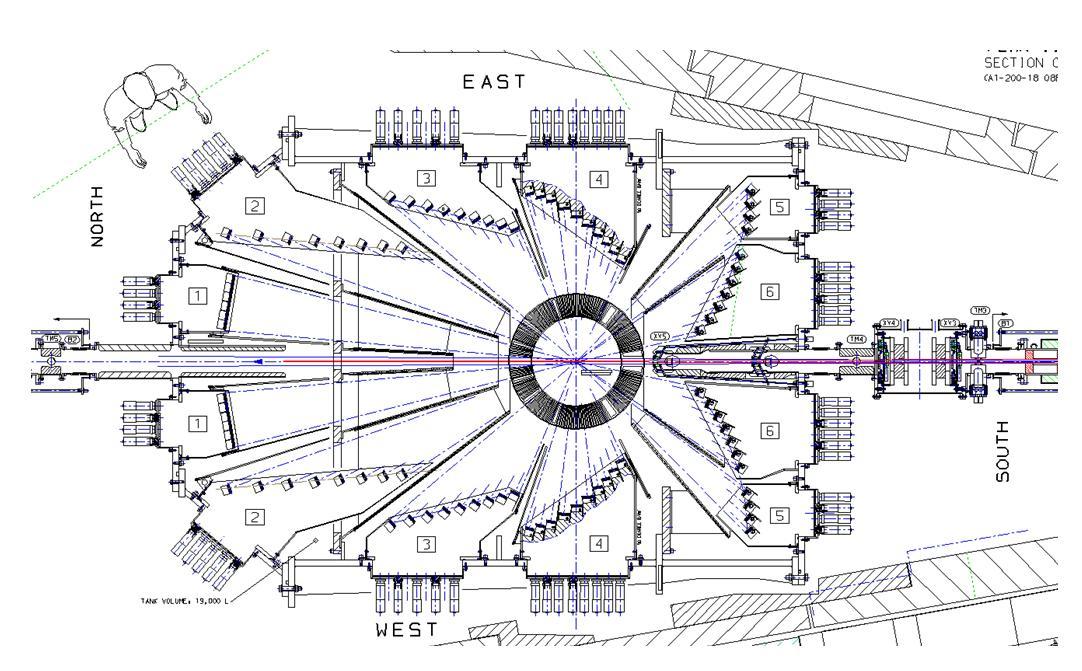The beamline shutter was opened allowing neutrons to flood into the instrument and the ISIS Detector group checked and adjusted the operation of the detectors and monitors. Data sets were collected from standard silicon and vanadium samples, allowing the first powder diffraction patterns from the upgraded instrument to be generated. Preliminary analysis has confirmed that the performance of Polaris matches the design simulations.
Full commissioning of the instrument will start in February 2012 and it is hoped that the science programme will resume with the first university user experiments in March 2012.
Polaris is a high intensity, medium resolution powder diffractometer. The upgraded instrument will offer higher resolution diffraction patterns, shorter data collection times and the ability to collect data from smaller samples. Polaris will be valuable to both academia and industry. Examples of its applications include: researching ways to improve the performance of laptop and mobile phone batteries and developing new engineering and high temperature materials which are able to combine the favourable properties of both metals and ceramics. Polaris will also be useful in studies of catalysis, for example, where it will investigate new materials being developed for the synthesis of industrially important gases, such as ammonia, looking at chemical changes in the catalyst in real time, under reaction conditions.

Six detector banks positioned from very low angles (forward scattering) all the way through to high angles (back-scattering) almost completely surround the sample, covering >55% of the space around it.
View full-size image
